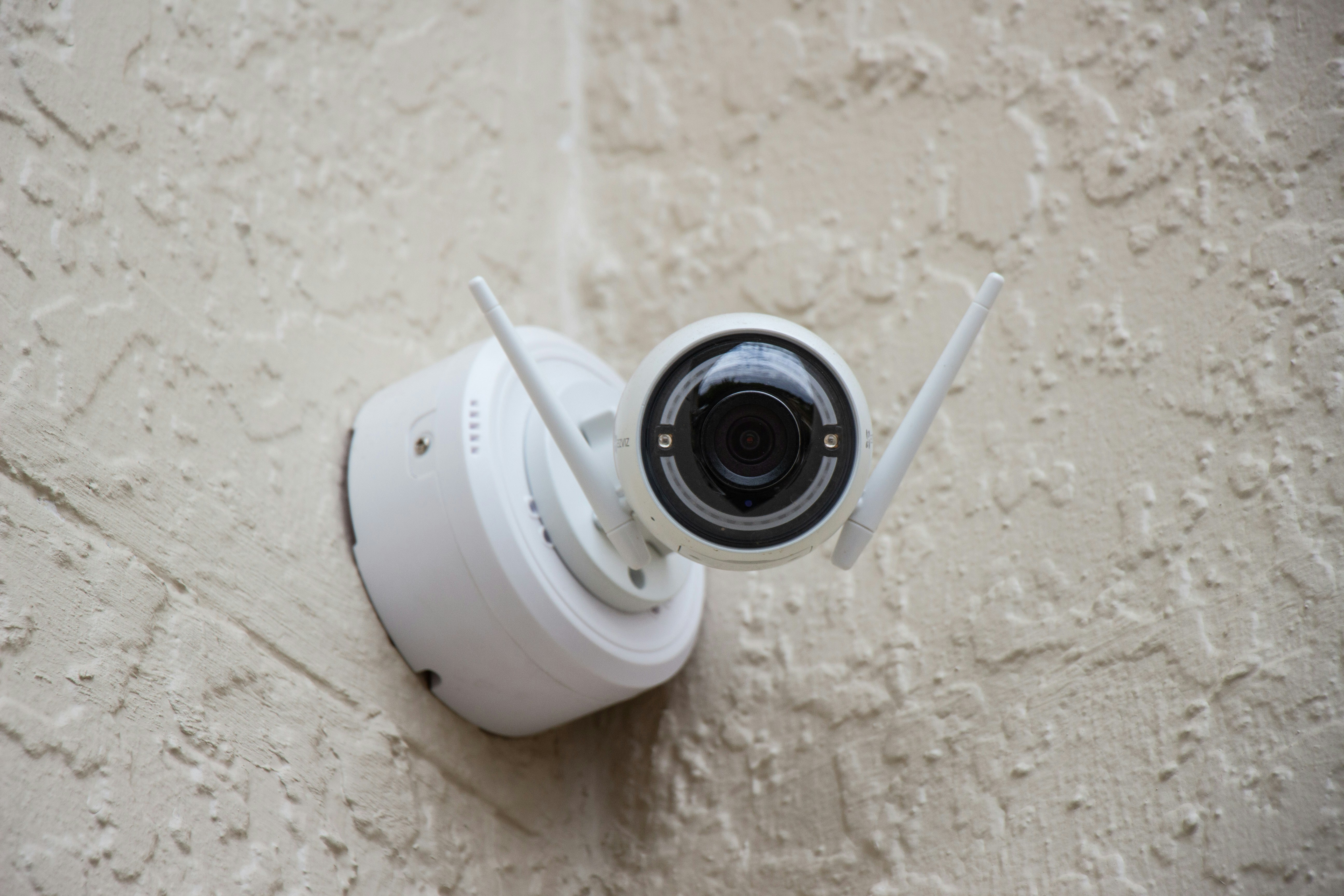Comparing Wireless Range and Signal Strength for Home Monitoring
Understanding wireless range and signal strength is essential when selecting a baby monitor for an infant’s nursery. This article explains how connectivity affects audio, video, motion sensing, battery life, and privacy features so caregivers can make informed choices.

Choosing the right wireless setup for home monitoring involves more than picking a camera with high resolution. Signal strength and range determine whether you get clear audio and video in the nursery, reliable motion sensor alerts, and a stable connection to the monitoring app. This article examines how wireless characteristics interact with factors like battery life, encryption, and environmental interference to shape real-world performance.
This article is for informational purposes only and should not be considered medical advice. Please consult a qualified healthcare professional for personalized guidance and treatment.
How does wireless range affect nursery monitoring?
Wireless range determines how far a monitor’s transmitter can reliably communicate with its receiver or a home Wi-Fi network. In a typical house, walls, floors, and appliances reduce effective range. For a nursery, consider the distance between the room and the router or dedicated parent unit: a monitor that lists a theoretical 300-foot range may function well within line-of-sight but offer significantly less range through multiple drywall and brick barriers. Placement, antenna orientation, and local network congestion will influence real-world performance.
How does signal strength impact audio and video quality?
Signal strength directly influences audio clarity and video frame rates. Weak signals often produce choppy video, delayed audio, or dropped frames on the app. For video monitoring, prioritize devices that support adaptive bitrate streaming and automatic reconnection features; these can reduce glitches when signal varies. If audio monitoring is the primary need, a system with dedicated audio channels and strong low-frequency pickup will maintain intelligibility even under fluctuating connectivity.
What role do motion sensor and temperature sensors play?
Motion and temperature sensors add non-visual monitoring layers that rely less on continuous high-bandwidth streaming. Motion sensor alerts can be sent as small packets over the network, so they are more tolerant of weaker connections than live video. Temperature and humidity sensors typically transmit infrequently and can keep parents informed about the nursery environment without requiring full video throughput. When evaluating monitors, check how sensor data is prioritized by the device and whether the app queues or retries alerts if connectivity is interrupted.
How to balance privacy, encryption, and app connectivity?
Privacy and encryption should be core considerations alongside wireless performance. Devices that offer end-to-end encryption, secure cloud storage options, and regular firmware updates reduce the risk of unauthorized access. However, robust encryption can increase processing demands, which may affect battery-powered monitors. Evaluate the app’s authentication methods (two-factor authentication, strong passwords) and the manufacturer’s update policy to ensure a balance between secure connectivity and reliable monitoring.
What battery, setup, and connectivity trade-offs should caregivers expect?
Battery-powered monitors provide flexibility in placement but may conserve power by reducing transmission frequency or resolution, affecting live video smoothness. Hardwired or plugged-in units typically sustain higher-quality continuous streaming. Setup complexity can also affect performance: mesh Wi‑Fi systems or a dedicated monitoring SSID can improve stability, while simple plug-and-play setups may be easier but less reliable across larger homes. Consider monitor app features that allow adjusting video quality, motion sensitivity, and update intervals to optimize battery life and connectivity.
The following table compares several widely available monitors and summarizes their connectivity and feature profiles.
| Product/Service Name | Provider | Key Features | Cost Estimation |
|---|---|---|---|
| DXR-8 Video Monitor | Infant Optics | Interchangeable lens, local parent unit, clear audio/video, good wireless range in home environments | Approximately $120–$200 |
| Pro Smart Camera | Nanit | High-resolution video, analytics, app connectivity, cloud options, requires strong Wi‑Fi | Approximately $200–$350 |
| Baby Camera 1080p | Arlo | Battery or plug-in operation, app notifications, two-way audio, Wi‑Fi dependent | Approximately $120–$200 |
| Video Monitor MBP Series | Motorola | Dedicated parent unit or Wi‑Fi models, reliable audio, basic motion alerts | Approximately $80–$180 |
| VM Wireless Camera | VTech | Budget-friendly, local transmission options, moderate range, simple setup | Approximately $60–$130 |
Prices, rates, or cost estimates mentioned in this article are based on the latest available information but may change over time. Independent research is advised before making financial decisions.
Conclusion
Wireless range and signal strength are central to the real-world usefulness of a baby monitor. Audio and video quality, motion and temperature alert reliability, battery life, and privacy protections are all shaped by how a device handles connectivity and environmental interference. Assess the layout of your home, preferred monitoring features, and willingness to manage network configuration when choosing a monitor. Prioritizing the combination of stable wireless performance and strong security will produce the most dependable monitoring experience for a nursery or infant care setting.






